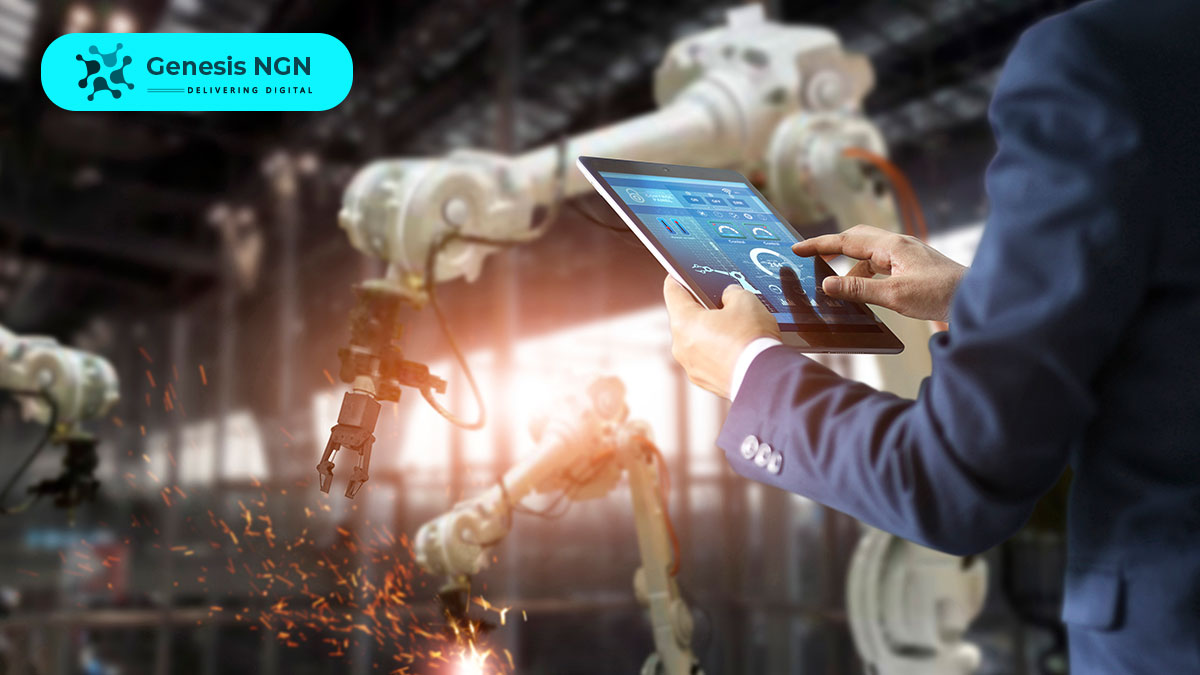Machine learning is a sector of high interest among technology enthusiasts. Recognized as a branch of AI (artificial intelligence), it is basically a model or algorithm which develops itself through learning. As a result, machine learning grows increasingly effective at performing the task. The applicability of machine learning is widespread as it is becoming an indispensable part of various fields like banking, e-commerce, medicine, etc.
In this article, we will analyze machine learning as a process and learn the steps involved from its beginning to its practical application.
7 Steps of Machine Learning
Before exploring the steps of Machine learning, let’s understand the main aim of Machine learning training.
The idea of this training is to create a system that accurately responds to a specific question. This question answering system, known as the model, is built through a process termed training. The aim of the training is to produce an accurate model that answers the questions precisely, at least most of the time by the collection of data.
Now, here are seven fundamental steps of machine learning and how it works.
1. Data Collection
Data collection is the first step in machine learning. It is the most crucial step as the quantity and quality of data collection will determine how the imminent model will turn out to be. The collected data is analyzed and known as Training Data.
2. Data preparation
Only raw data is not very useful. After the training data is collected, we move to the next step of machine learning, which is, Data preparation. The data need to be processed, homogenized, and de-duplicated and the errors must be eliminated. It also includes visualization of the data that helps to look for outliers and patterns to determine if the correct data is collected or not.
3. Choosing a Model
The third step in machine learning is choosing the right model. There are a lot of models that can be used for various purposes. While selecting the model, make sure that it meets the goal. Also, it is vital to understand the preparations required for the model, the accuracy, and adaptability of the model. A complex model does not constitute a better model.
The commonly employed machine learning algorithms include logistic regression, linear regression, decision trees, PCA (Principal Component Analysis), K-means, SVM (Support Vector Machines), Random Forest, Neural Networks, and Naïve Bayes.
4. Training
Training the model is considered as the bulk of machine learning. It aims to use the training data and gradually enhance the predictions of the model. The cycle of updating the preferences and weights is one step towards training. In superintendent machine learning, the model is created using specified sample data, while unsupervised machine learning strives to draw conclusions from non-labeled data.
5. Evaluation
Once the training is complete, the next step is evaluating the model. In this step, testing of machine learning is done in opposite to an unused control dataset to determine how it functions. This step represents how the model might perform in the real world. The larger the number of variables, the bigger the training and testing of data should be.
6. Parameter Tuning
After the evaluation of the model, the testing of the model is conducted on the formerly set parameters to enhance the AI (artificial intelligence). Raising the number of training series can lead to more precise outcomes.
7. Prediction
Machine learning is using data to answer inquiries. Once the process of data collection, data preparation, choosing the model, training, evaluation, and parameter tuning of the model is done, it’s time to elucidate questions using predictions. The predictions can be all kinds, ranging from image identification to interpretation to predictive analytics.
Final Words
Machine learning enables the software to be precise in predicting results. It will expand and develop new improved automated business processes in the upcoming years. Soon machine learning will become an essential part of the automated organization. In the coming times, the increasingly faster hardware will result in powerful models offering better predictions.
The organizations will truly get benefits from the AI. All they need to ensure is that the data and models are well-trained, bias-free, and are accurately evaluated and tuned.

